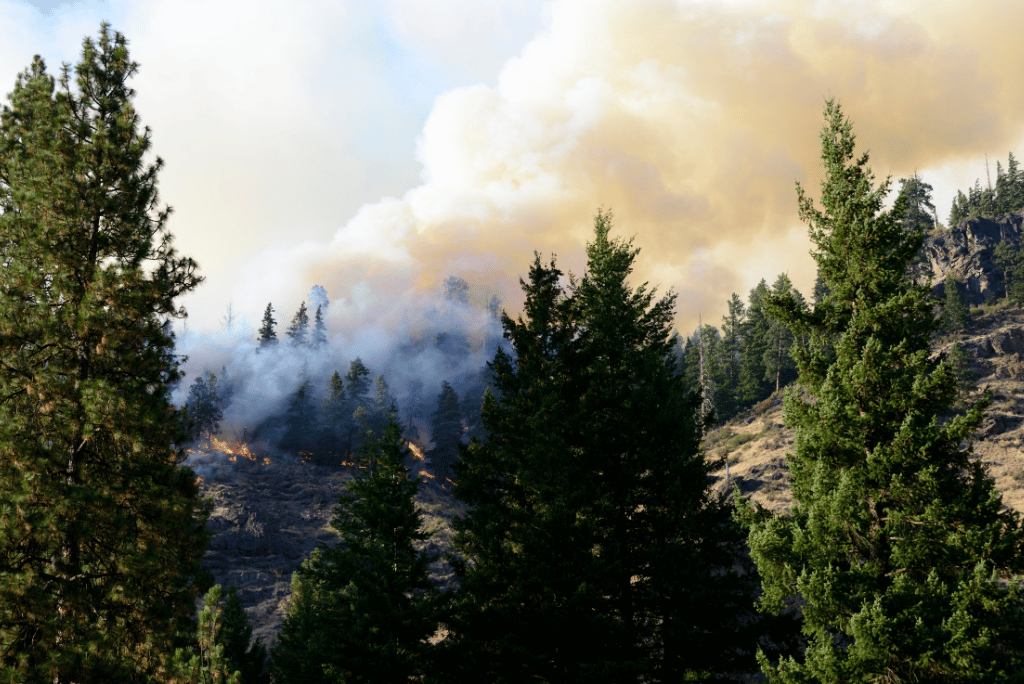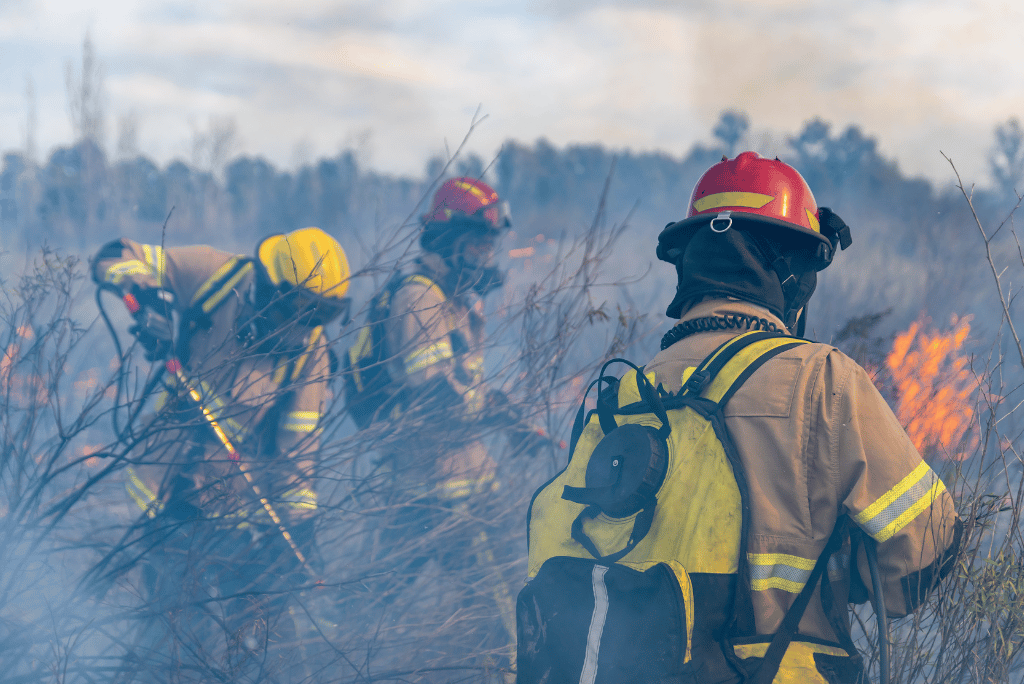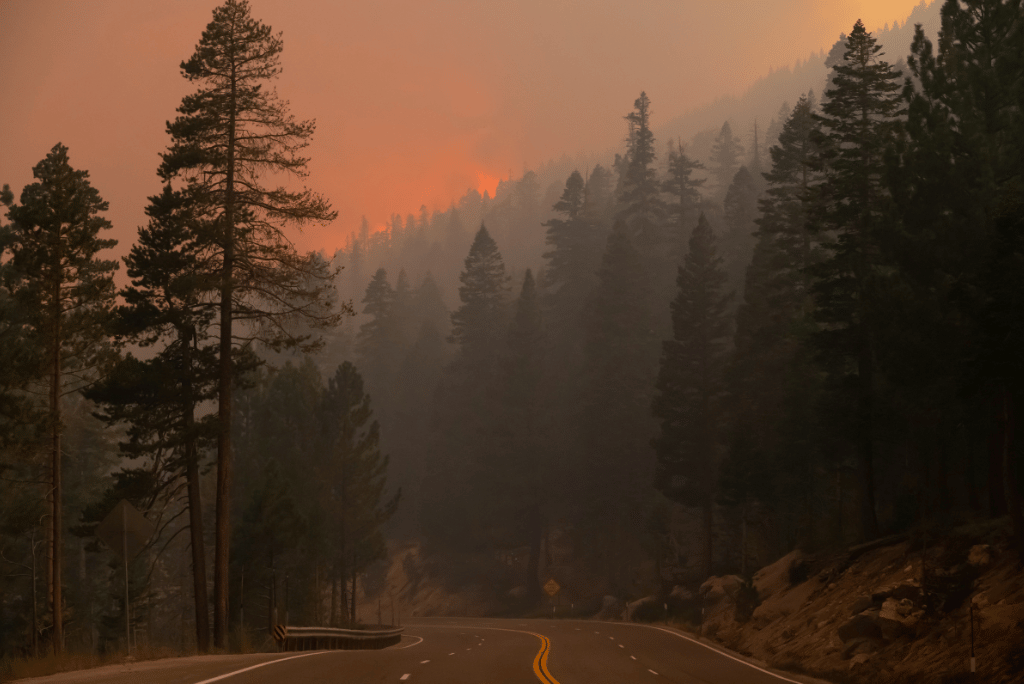Why It’s Important to Be Prepared for Sonoma County Fires
Wildfires in Sonoma County are something to consider, especially after the devastating fires we saw in Los Angeles in early 2025. According to Cal Fire, more than 4 million acres of land have burned in peak fire seasons across California. With the changing climate, fire seasons are getting longer and more intense.
The good news? There’s a lot you can do to protect yourself and your home. Learning how fires start, making your home more fire-resistant, and staying up to date on fire safety efforts can make all the difference.
How do wildfires ignite and spread in a land like Sonoma?

Fire is governed by three essential elements, often called the fire triangle:
- Fuel – Dry vegetation, trees, and structures that can burn.
- Heat – Lightning, campfires, sparks, or extreme temperatures.
- Oxygen – The air that allows combustion to continue.
If any of these elements are removed, fire cannot sustain itself. However, in Sonoma County, extended drought conditions and rising temperatures create an abundance of dry fuels, making wildfires increasingly likely.
Beyond the fire triangle, wildfire behavior is also influenced by three additional factors:
- Fuels – The type and moisture level of vegetation.
- Weather – Wind speeds, humidity, and temperature play a crucial role in how fast a fire spreads.
- Topography – Fires move faster uphill, as heat rises and preheats vegetation above.
Understanding these elements helps scientists and land managers develop fire prevention strategies, such as prescribed burns, which mimic natural fire cycles to reduce excess vegetation and prevent uncontrolled wildfires.
Curious how LA wildfires impact the California real estate market? Learn more in this article.
Steps to Harden Your Home and Property Against Fire

If you live in or near potential wildfire areas, taking proactive steps to defend and protect your home is critical. Here are key measures to improve fire resilience:
1. Maintain Defensible Space
Creating a buffer zone around your home by clearing dry vegetation reduces fire risk. Follow these guidelines:
- Keep at least 100 feet of defensible space around your home.
- Trim tree branches at least 10 feet from roofs and other structures.
- Remove dead leaves, pine needles, and debris from gutters and yards.
Read more from CAL Fire about Creating Defensible Space here.
2. Modify Home and Building Materials
Consider upgrading to fire-resistant materials:
- Use Class A fire-rated roofing materials (such as metal, clay, or asphalt shingles).
- Install ember-resistant vents to prevent burning embers from entering your home.
- Use dual-pane windows to resist heat and reduce the chance of glass shattering.
See the CAL FIRE list of Home Hardening Materials here.
3. Fire-Smart Landscaping
Landscaping choices can significantly impact fire resistance:
- Choose native, fire-resistant plants such as manzanita and oak trees.
- Keep plants spaced apart to prevent fire from spreading.
- Use gravel, stone, or non-flammable mulch instead of wood chips near structures.
Did you know that the estimated insured losses from wildfires in Los Angeles were around $32.5 billion? Making them potentially the most expensive in California’s history. Learn more about the impact of LA fires on California Insurance Prices here.
California’s Commitment to Wildfire Resilience

According to Sonoma Land Trust, California has taken significant steps toward wildfire prevention and mitigation:
- Proposition 4 (2024): Allocated $135 million for wildfire risk reduction.
- Senate Bill 1101 & Senate Bill 310 (2024): Strengthened fire prevention measures and supported Indigenous cultural burning practices.
- Sonoma Valley Wildlands Collaborative: This coalition manages 20,000 acres of protected lands to reduce wildfire risk through prescribed burns and sustainable land management.
At the local level, Sonoma County Regional Parks has also invested in fuel reduction efforts and community fire preparedness programs.
A Collective Effort for a Fire-Ready Future
Wildfire resilience requires a combination of science-backed land management, personal responsibility, and statewide commitment. By understanding fire behavior, taking steps to harden our homes, and supporting proactive fire strategies, we can reduce the devastating impacts of wildfires.


